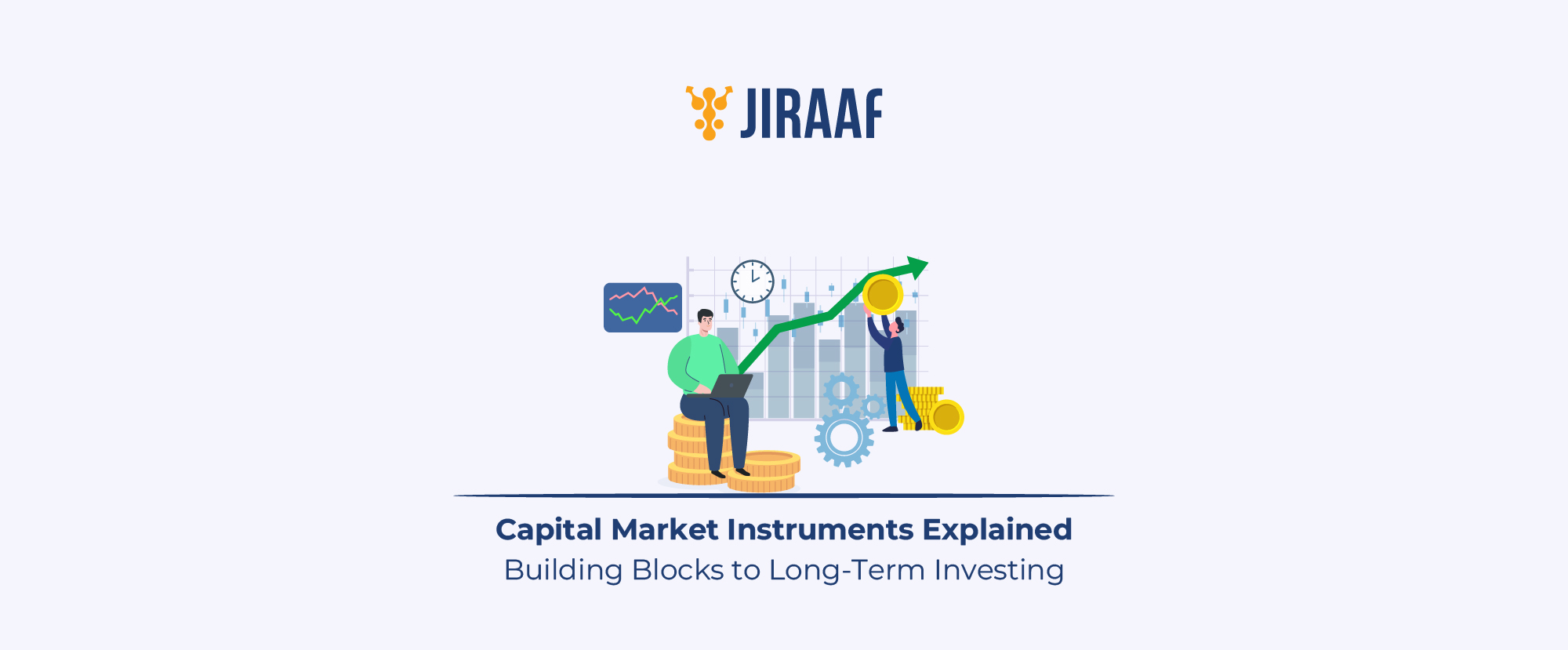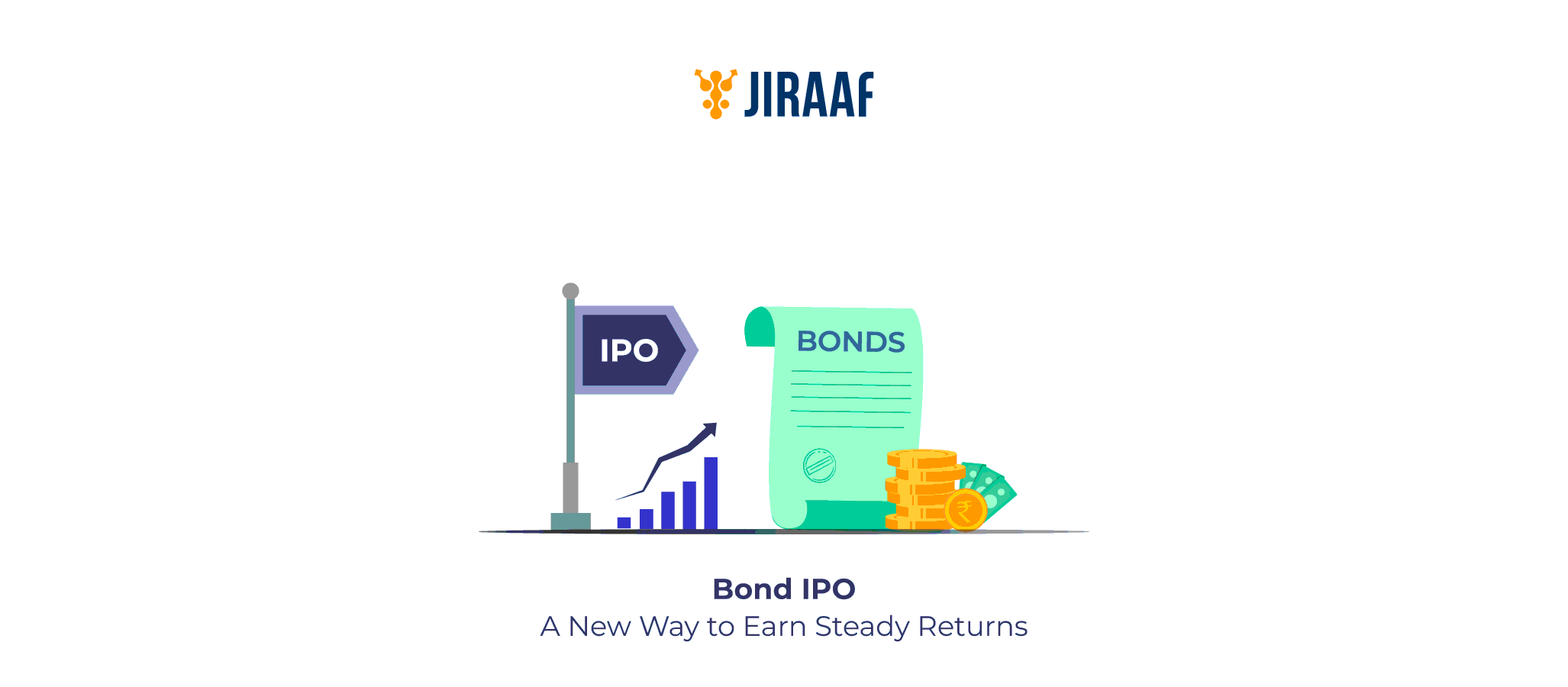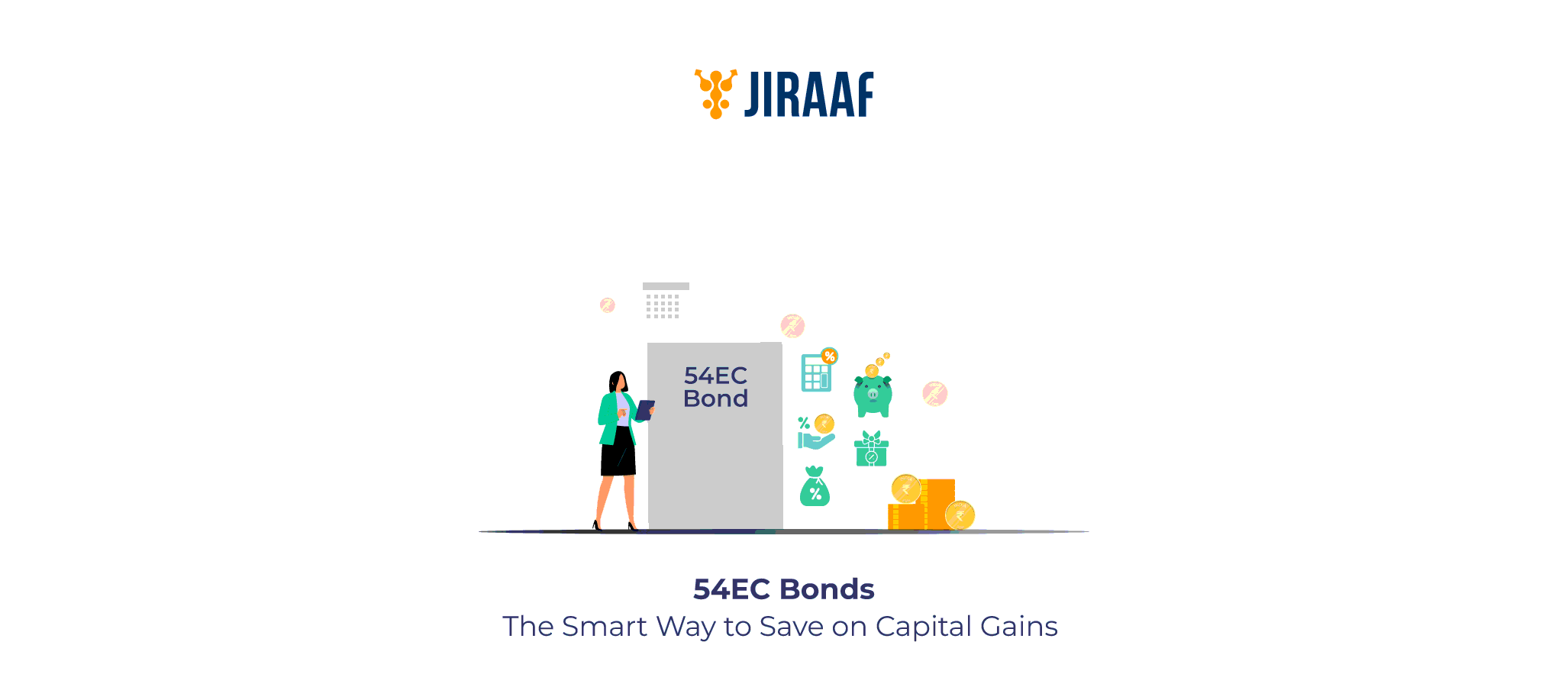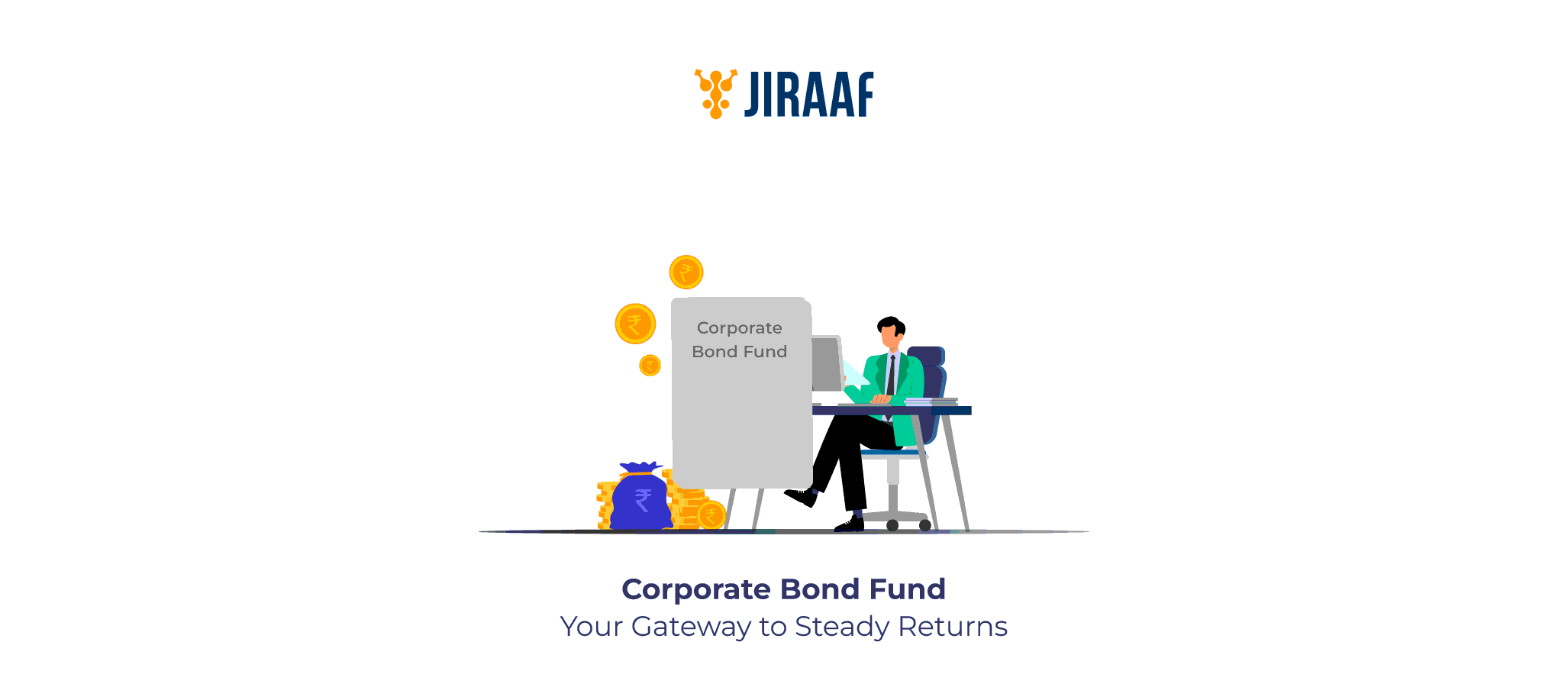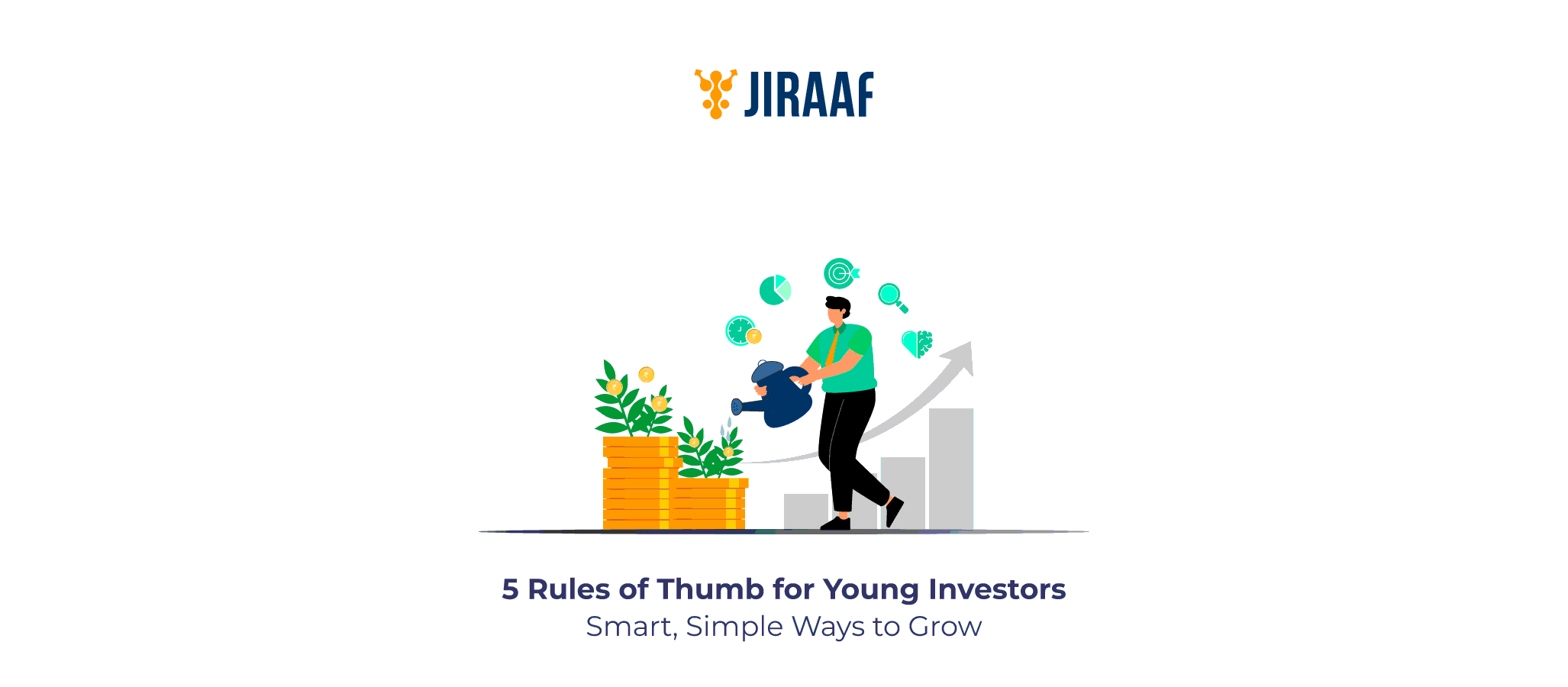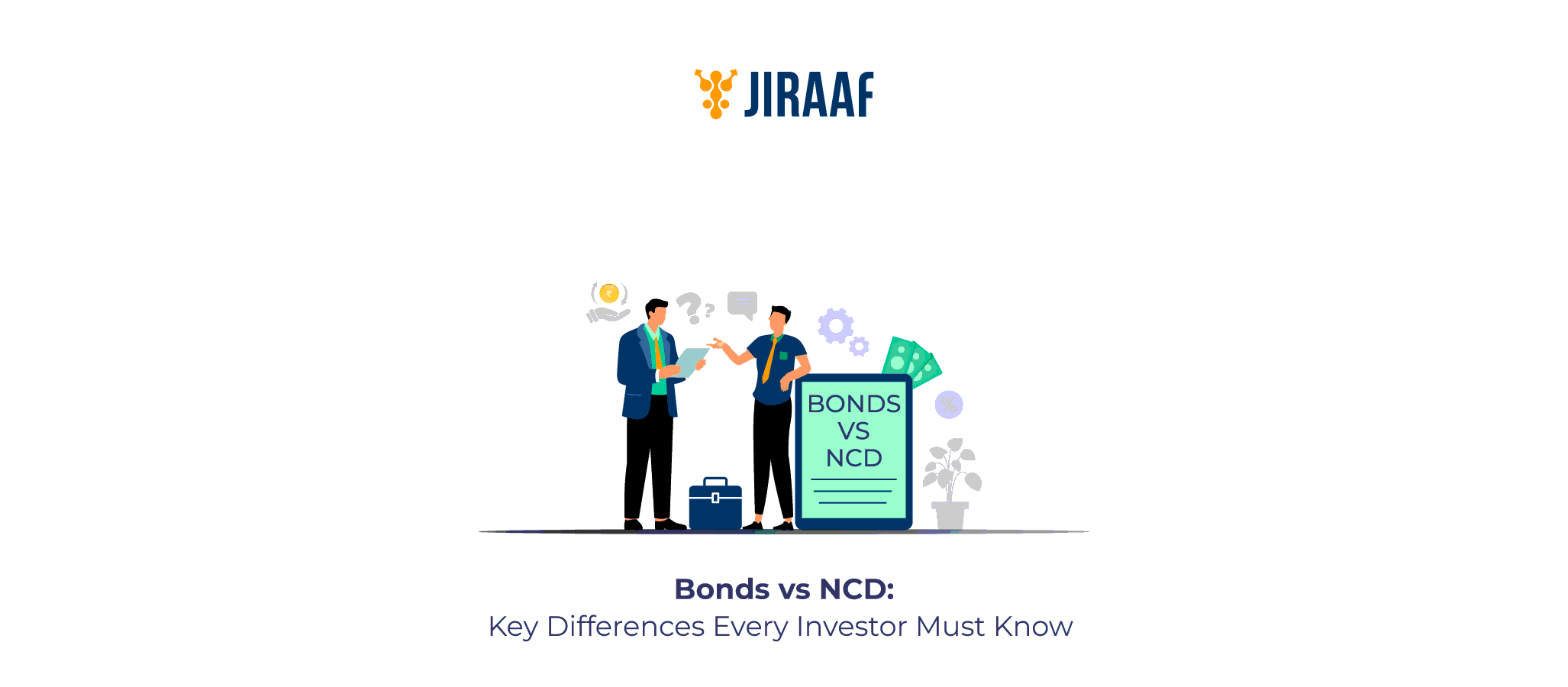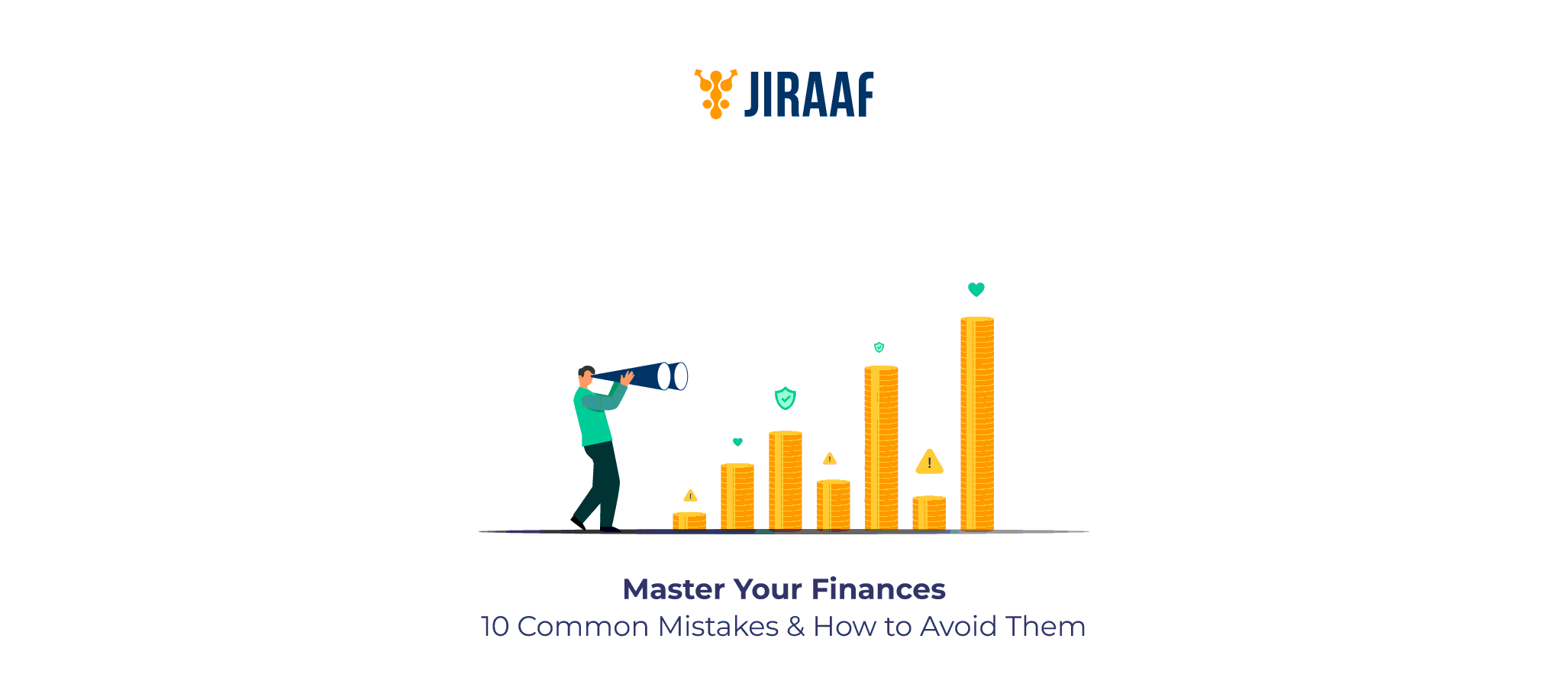Money sitting in your bank account is like seeds locked away in a jar, they are safe, but unproductive. To grow, it needs soil, sunlight, and time. The capital market acts like a fertile ground where your savings take root and your wealth grows
It’s a system that doesn’t just nurture individual growth but fuels the larger economy by turning scattered savings into productive investments, powering businesses, and creating jobs. And it does all that through its instruments.
In this guide, you’ll discover how each of these capital market instruments drives capital formation, shapes investment strategies, and unlocks opportunities for you to create lasting wealth.
What Are Capital Market Instruments?
Think of the capital market as a local marketplace in your area where people gather to buy and sell goods in exchange for value. The capital market works similarly, only the “goods” here are financial products like equity shares, corporate bonds, and recently introduced offerings like Real Estate Investment Trusts (REITs) and Exchange-Traded Funds (ETFs).
Some securities, such as equity shares, provide investors with partial ownership and a claim to company profits. Others, such as bonds and debentures, work as lending arrangements where the issuer organization pays the lender with systematic recurring interest payments while returning the principal capital at maturity.
The Indian Capital Market functions under the Securities Exchange Board of India (SEBI)’s oversight. SEBI mandates comprehensive disclosures for issuers, enabling investors to gain real-time insights into the company’s health. Through continual regulatory updates, SEBI ensures that the capital market remains fair, efficient, and resilient to systemic risks.
Capital Markets vs Money Markets
Capital markets and money markets are both core parts of India’s financial system. Both markets serve different purposes and operate on different timelines. While one is regulated by SEBI, the latter falls under Reserve Bank of India (RBI)’s oversight. Let’s take a deeper look.
The capital market is where organizations and governments raise funds for projects that need a longer commitment of money, usually more than one year. Equity shares, corporate bonds, and government securities fall in this category. Funds raised here may be used to build a power plant, expand a company’s production line, or finance other large-scale assets.
The money market is the short-term end of finance. It deals with debt instruments that return the principal within a year. Treasury bills, commercial paper, and certificates of deposit are among the securities traded in the money market. These instruments are used to manage cash flow, cover immediate working capital needs, or bridge temporary funding gaps.
Capital markets aim to build wealth and infrastructure over time while the money markets exist to keep cash moving and maintain financial stability in the present.
Types of Capital Market Instruments
Most capital market instruments fall into three broader categories: equity, debt, and hybrid. Each category offers a different balance of risk, return, and control. Let’s have a look:
Equity Instruments
Equity represents a stake in a company. Equity shares can generate returns through dividends and value appreciation if the company performs well.
Companies offer shares to the public for the first time via an initial public offering or raise additional funds later through rights issues or follow-on offerings. Issuing equity avoids repayment obligations but shares ownership and profits with investors.
As equity shareholders are referred to as “owners” of the company, they are paid the last whenever a company is liquidating and winding up its operations.
Debt Instruments
Debt instruments are structured borrowings in tradable form. Bonds and debentures are the most common, offering fixed interest payments and repayment of principal at maturity.
In India, debt instruments range from highly rated government securities to corporate bonds and non-convertible debentures (NCDs) with different credit profiles. These securities are rated by credit rating agencies such as CRISIL and CARE to evaluate their ability to meet interest and principal obligations.
Debt enables issuers to raise capital without diluting ownership, while investors use it to secure predictable income. Debt securities investors get higher priority compared to equity shareholders in the case of a company liquidating and winding up its operations.
Hybrid Instruments
Some financial products sit in the middle ground between pure equity and straight debt. They borrow elements from both. For instance:
- Preference shares: These shares carry a fixed dividend like a bond yet can also give holders a claim on leftover profits if the company does well.
- Convertible debentures: These securities start life as a loan to the company but come with the option to swap that debt for shares later, if certain conditions are met.
For issuers, hybrids provide more options for raising funds without committing to a single financing model. For investors, they create a steady income while keeping the door open to potential growth in value.
Features of Capital Market Instruments
Capital market instruments exhibit certain characteristics that influence their creation, trading, and valuation.
- Long-term Orientation: These instruments are usually issued for more than a year. That makes them a natural fit for projects that take time to show results; building a highway, expanding a factory, or launching a large-scale power project.
- Return Structure: The way investors earn from these instruments varies. Bonds pay interest at fixed intervals, giving steady income. Shares, on the other hand, may offer dividends or appreciate in value if the company performs well.
- Ease of Transfer: Most capital market instruments can be bought or sold on secondary markets. This gives investors the option to change their holdings or exit early if their needs or market conditions change.
- Regulatory Framework: In India, the Securities and Exchange Board of India oversees the issuance and trading of these instruments. SEBI’s role includes enforcing disclosure rules, promoting transparency, and protecting investors from malpractice.
- Risk and Reward Balance: Each type of instrument carries its own combination of risks, including market, credit, and liquidity risks. Investors must analyze these factors against the potential returns before committing funds.
Now that we have a better understanding of what capital market instruments are and their unique features, let us discuss the importance of these instruments for companies, investors, and the overall economy.
Importance of Capital Market Instruments
The impact of capital market instruments extends beyond individual transactions.
For Issuers
They unlock tailored funding solutions, debt instruments deliver predictable interest outlays ideal for cash-flow management, while equity raises unlock growth capital without repayment obligations. Hybrid products such as convertible debentures offer flexible financing bridges that balance cost and ownership dilution.
For Investors
These instruments create diversified return pathways. Fixed-income securities provide stable, contractually guaranteed cash flows, equities offer dividends plus capital appreciation, and structured hybrids blend income with upside potential, enabling investors to construct portfolios aligned with income needs, growth targets, and risk tolerance.
For the Economy
By channeling household and institutional savings into corporate expansion, infrastructure projects, and public services, capital markets spur GDP growth, catalyze job creation, and underpin industrialization. Efficient markets lower the cost of capital, encouraging entrepreneurship and innovation.
For Market Development
The introduction of products like REITs, InvITs, and ETFs has broadened market participation, enhanced liquidity across asset classes, and sharpened price discovery. These instruments democratize access to asset pools from commercial real estate to diversified equity indices, while SEBI’s evolving regulatory framework ensures market integrity and investor protection.
New and Emerging Instruments in the Capital Market
The capital market transforms every few years, often in ways that surprise both issuers and investors. A new regulation might trigger the launch of a fresh product, or a shift in investor demand could push companies to raise funds differently. For example, Real Estate Investment Trusts, were once a foreign concept here but are now part of India’s market.
Real Estate Investment Trusts (REITs)
REITs allow investors to pool money into income-generating real estate. Instead of buying property directly, REITs involve owning units in the trust and receiving a share of the rental income.
It turns large-scale commercial real estate, office parks, malls, and logistics hubs into tradable assets.
Infrastructure Investment Trusts (InvITs)
An InvIT pools money from investors to own and operate infrastructure assets; the kind that are expensive to build but essential to daily life. In India, these can include toll roads, power transmission networks, or solar parks.
For most investors, buying units in an InvIT is one of the few practical ways to take part in infrastructure without committing massive capital.
Exchange-Traded Funds (ETFs)
An ETF is a security that mirrors the performance of another asset. This could be an index, a commodity, or a mix of assets; anything that can be purchased or sold on the stock exchange just like a company share.
The format allows investors to get diversified exposure such as to the Nifty 50, gold, or even sovereign debt. For example, a Nifty 50 ETF mirrors the performance of the index on a real-time basis and provides investors the opportunity to trade it throughout the day just like a stock.
Green Bonds
These are debt instruments where the raised capital is set aside for projects with an environmental focus. That could mean funding a wind farm, upgrading public transport, or improving energy efficiency in buildings.
Masala Bonds
Masala bonds are rupee-denominated bonds issued outside India. They give Indian issuers access to overseas investors while protecting the borrower from currency fluctuation risks.
These instruments are more than just product innovation. They expand the investor base, deepen liquidity, and give market participants ways to align their portfolios with specific goals, whether that’s income, growth, diversification, or sustainability.
Factors Influencing the Choice of Capital Market Instruments
Market trends influence the selection of a capital market instrument, the issuer’s funding requirements, and the preferences of investors at a particular time. Here are six factors affecting the choice of capital market instruments.
Market Interest Rates
When interest rates are high, debt instruments become more attractive to investors who seek steady income. These rates let them lock in better returns. In a low-rate environment, equities often gain attention because they offer a chance for higher growth.
Risk Appetite
Some investors are comfortable taking on more risk in exchange for the possibility of higher rewards. They may choose equities or convertible debentures. Others prefer stability and predictable income, leading them toward bonds or preference shares.
Time Horizon
Long-term projects and investments align well with capital market instruments, but the choice within them still depends on how soon the issuer or investor needs liquidity.
Regulatory Environment
Changes in SEBI guidelines, taxation rules, or disclosure requirements can influence demand for specific instruments, especially newer products like REITs and InvITs.
Purpose of Funding
For issuers, the intended use of funds; whether for expansion, debt repayment, or infrastructure, can determine whether equity, debt, or a hybrid route is more suitable.
Economic Outlook
Positive economic forecasts may encourage equity issuance and investment, while uncertain conditions can increase demand for safer debt options.
By factoring these, both issuers and investors can choose capital market instruments that align with their objectives while managing risk effectively.
Final Thoughts on Capital Market Instruments
Capital market instruments form the backbone of long-term funding. They link those with surplus funds to those who can put that money into productive use: from selling shares to raise equity, to issuing bonds for debt capital, and structuring hybrids that blend both.
For an investor, it’s not just about knowing these instruments exist. It’s about recognizing how each works, the risks they carry, and the kind of returns they can deliver. This knowledge is what shapes a good portfolio that can hold its ground through different market cycles.
Markets are not static. Products change, regulations shift, and investor priorities evolve. The wider the range of instruments you understand, the better your ability to make timely decisions, whether you’re raising funds for a project or allocating capital for growth.
